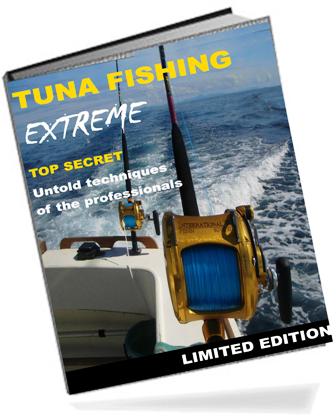Other Names
bigeyed tuna, bigeye tunny; French: patudo, thon obèse; Hawaiian: ahi; Indonesian: taguw, tongkol; Italian: tonno obeso; Japanese: mebachi, mebuto; Portuguese: albacora bandolim, atum patudo, patudo; Spanish: albacora, atún ojo grande, patudo.Identification
A stocky body and large eyes characterize this species. Generally, there are no special markings on the body, but some specimens may have vertical rows of whitish spots on the venter. The first dorsal fin is deep yellow.The second dorsal fin and the anal fin are blackish brown or yellow and may be edged with black. The finlets are bright yellow with narrow black edges. The tail does not have a white trailing edge like that of the albacore.
The pectoral fins may reach to the second dorsal fin. The second dorsal fin and the anal fins never reach back as far as those of large yellowfin tuna. It has a total of 23 to 31 gill rakers on the first arch. The margin of the liver is striated.
The two dorsal fins are close-set, the first having 13 to 14 spines and the second 14 to 16 rays. The anal fin has 11 to 15 rays. On either side of the caudal peduncle is a strong lateral keel between two small keels that are located slightly farther back on the tail.
Size
Bigeyes are normally found from 16 to 67 inches in length but may attain 75 inches. The all-tackle world record is a 435-pound fish caught off Peru in 1957.Spawning behavior
Bigeye tuna reach sexual maturity at about 40 to 50 inches in length and spawn at least twice a year. This occurs throughout the year in tropical waters, peaking during the summer months. |
| Tuna fishing guide |
